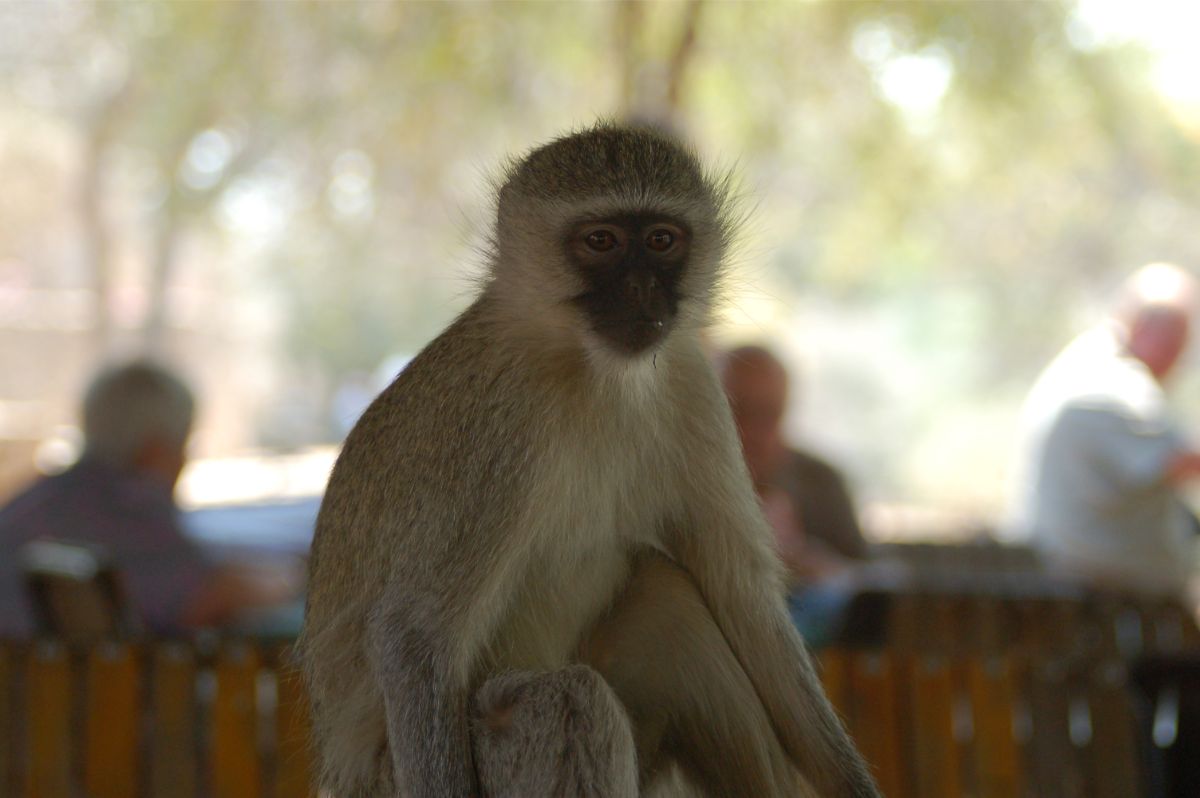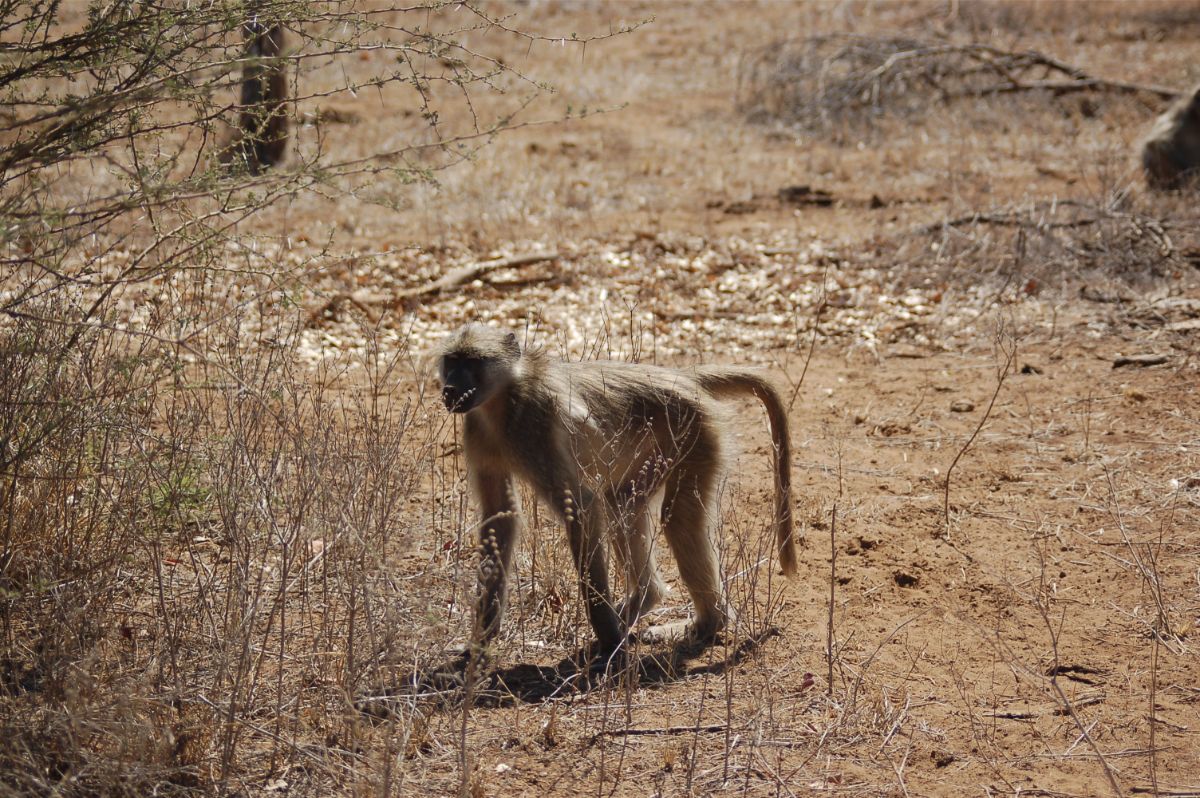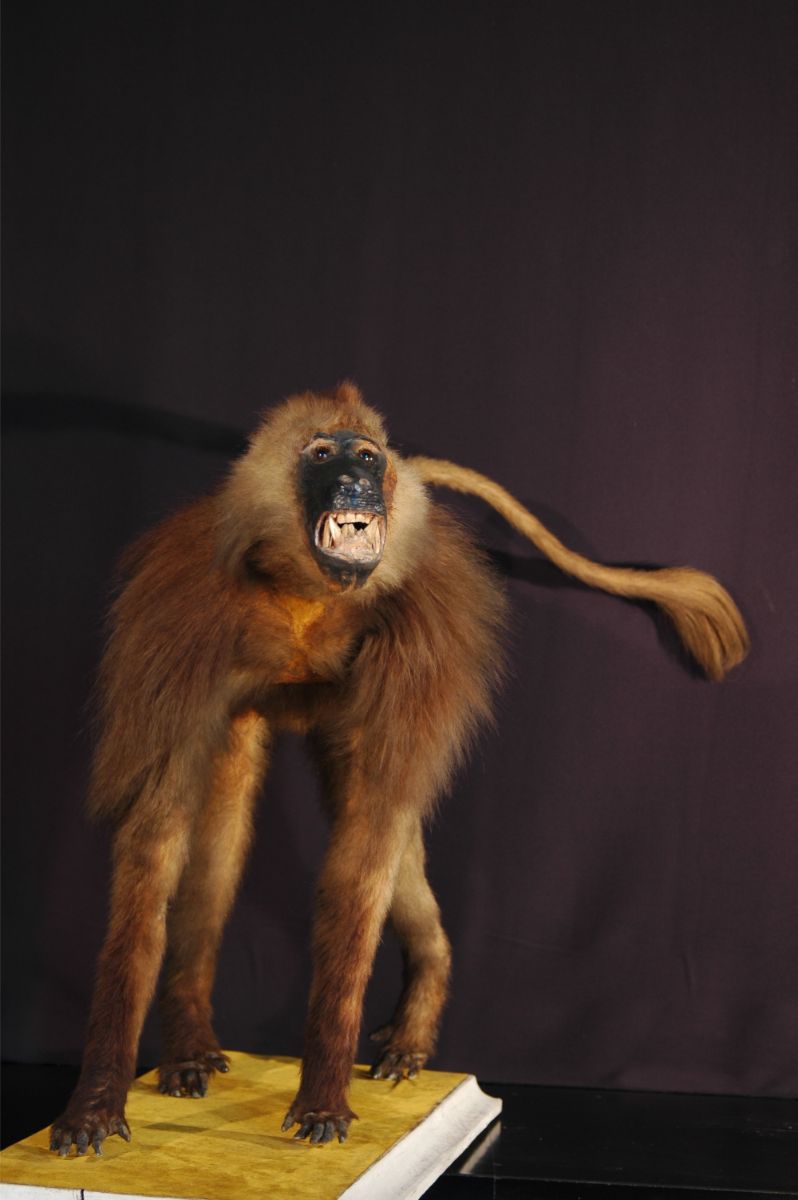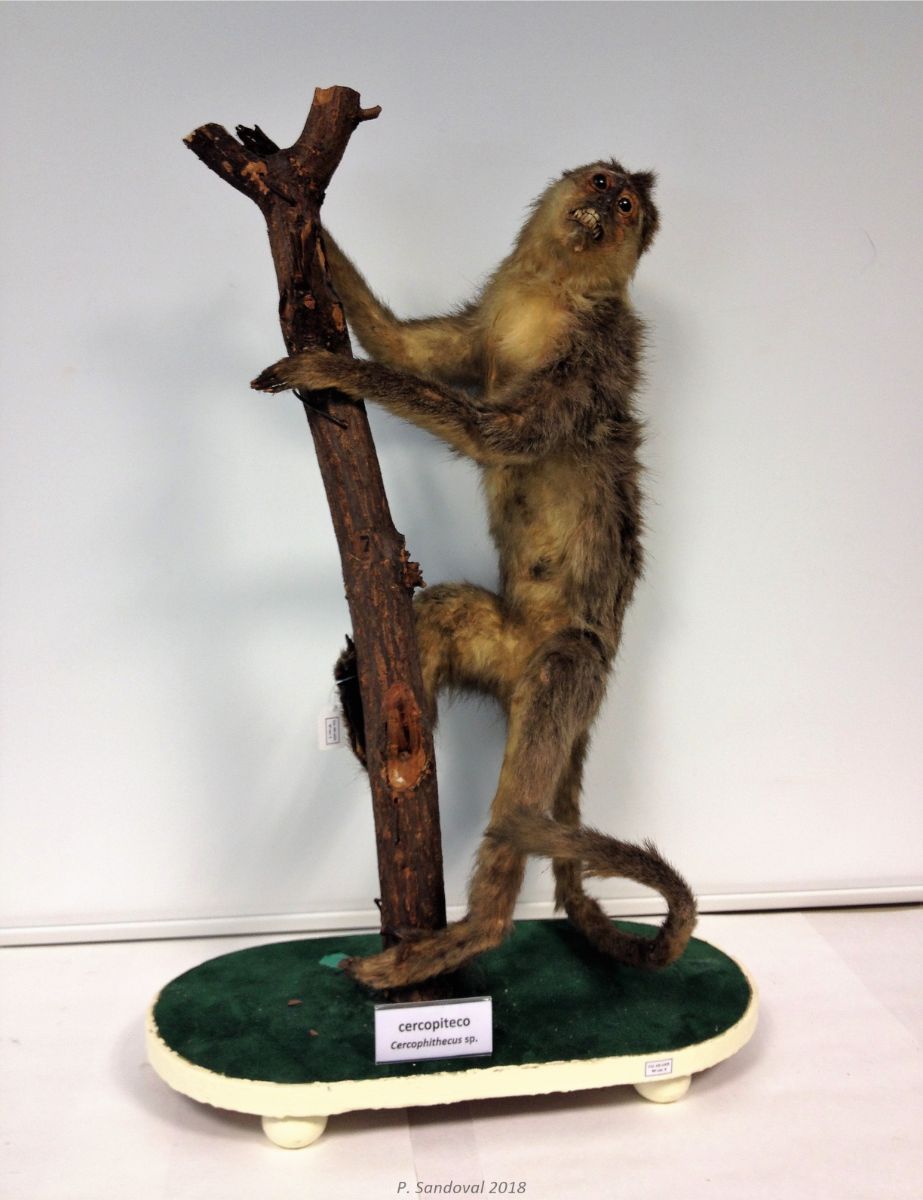Name
Primates
old world monkey (cercopithecus, macaque, baboons, langur, etc.)
Framing
Phylum: Chordata
Subphylum: Vertebrata
Class: Mammalia
Subclass: Theria
Infraclass: Eutheria
Order: Primates
Habitat
Terrestrial, on the ground or on trees, in habitats ranging from savannahs to woodlands and forests.
Feeding
Mainly phytophagous or omnivorous, depending on the species
Distribution
Asia and Africa. In Europe, only one reintroduced population persists in Gibraltar.
Conservation status
Numerous globally threatened species (IUCN)
Additional information
Eyes in frontal position. Opposable thumb. Tail more or less long (in some species vestigial), never prehensile.
Additional information
Bibliography
- Kappeler, P. M., & Pereira, M. E. (Eds) (2003). Primate Life Histories and Socioecology. University of Chicago Press.
- Kappeler, P. M., & van Schaik, C. (2004). Sexual selection in primates new and comparative perspectives. Cambridge University Press. Disponible en biblioteca UGR.
- Llorente Espino, M. (2019). Primates: biología, comportamiento y evolución. Lynx. Disponible en biblioteca UGR.
- Peter, J-J. (2013). Primates of the World: An Illustrated Guide. Princeton University Press.
- Sterling, E. J., Bynum, N. & Blair, M. E. (2013). Primate Ecology and Conservation. A Handbook of Techniques. Techniques in Ecology and Conservation Series. Oxford University Press.
- Whitehead, P. F., & Jolly, C. J. (2006). Old World Monkeys. Cambridge University Press.
- Wich, S. A., & Marshall, A. J. (2016). An Introduction to Primate Conservation. Oxford University Press.
- Williams, R. M. (2011). Monkeys. Biology, behavior and disorders. Nova Science Publishers. Disponible en biblioteca UGR.
- Wilson, D. E., & Mittermeier, R. A. (Eds) (2013). Handbook of the Mammals of the World 3: Primates. Lynx Edicions. Disponible en biblioteca UGR.





